Arugam Bay is blessed by having many awesome, useful and highly specialized Groups, Pages and Social Media Platforms.
Indeed, this, the original Web Site (arugam.info) has been around far longer than any other Home Page on this island – dating back to end 1999. Only much later Government and Tourist Board pages appeared.

Below is a – non exclusive – list, with useful links and short descriptions.
To help you to find the precise Information you are looking for.
Do YOU wish to add your / other Links to this initial List?
Please send your submission to us!
And we will add suitable links at once.
write to:
arugam@arugam.com
********************************************************************
Feel FREE to join. Any or all of them.
Look around and interact as you wish.
www.arugam.info
This mainly is an online History album now.
And this Old Page has documented all major local events since the beginning of the Century.
Use the page “Search” function if you are looking up any special topic of interest.
www.arugam.asia
www.arugam.com
(Both for now re-direct to arugam.info – but domains are available for development)
**********************************************************************
Social Media:
Traditional Websites are no longer relevant.
Because they a static, and social media is far more powerful and up to date.
Allowing input (Photos, Videos, Comments) from Guests and the wider Public.
On What’s App:
Arugam Info
The above is THE leading, oldest and very active WhatsApp Group
Giving you day-to-day General Information about AbaY relevant topics
Further useful Links:
- www.arugam.info (web site)
- www.arugam.com (web site)
- www.arugam.asia (web site)
- www.stefan-loose.de (web site)
- Footprint Travel-guides (web site)
- Arugam Surf (Facebook page)
- Arugam Bay (Facebook page)
- Arugam Bay Surf Club (Facebook page)
- Arugam Bay Beer (Facebook page)
- Lovely Arugam Bay (Facebook page)
- Arugam Hostel YMCA (Facebook pages)
- Old Arugam (Facebook page)
- Old Ceylon (Facebook page)
- Journey to the East (Facebook Page)
- Siam View Projects (Facebook Page)
- Living in the AbaY area (Facebook Group)
- AbaY Tourist Information (Whatsapp Group)
- AbaY Restaurants (Whatsapp Group)
- AbaT Transport (Whatsapp Group)
- AbaY Events (Whatsapp Group)
- AbaY Now (Whatsapp Group)
- AbaY Sports Club (Whatsapp Group)
- AbaY Humor (Whatsapp Group)
- AbaY What’s On (Whatsapp Group)
- AbaY Food Court (Whatsapp Group)
- AbaY Power, Gas (Whatsapp Group)
- AbaY Community (Whatsapp Group)
- Arugam (Twitter)
- Arugam (Instagram)
- Arugam (YouTube Channel)
- Arugam Surf (YouTube Channels)
- AbaY SriLanka (Instagram)
- Arugam Surf Club (Instagram)
- Arugam Bay (TikTok)
- Arugam Bay (Printertest)
- Siam View Projects (Facebook Page)
- Surf Point Apartments (Facebook Page)
- http://www.facebook.com/groups/arugam (Latest 2023 Group for Opportunities)
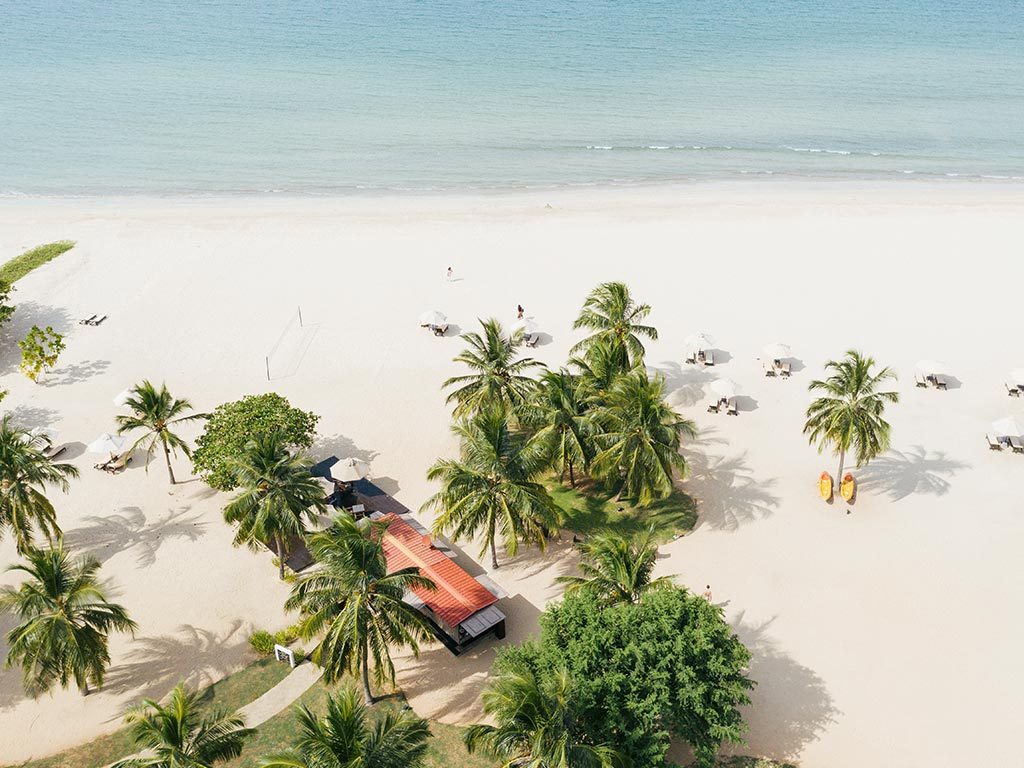
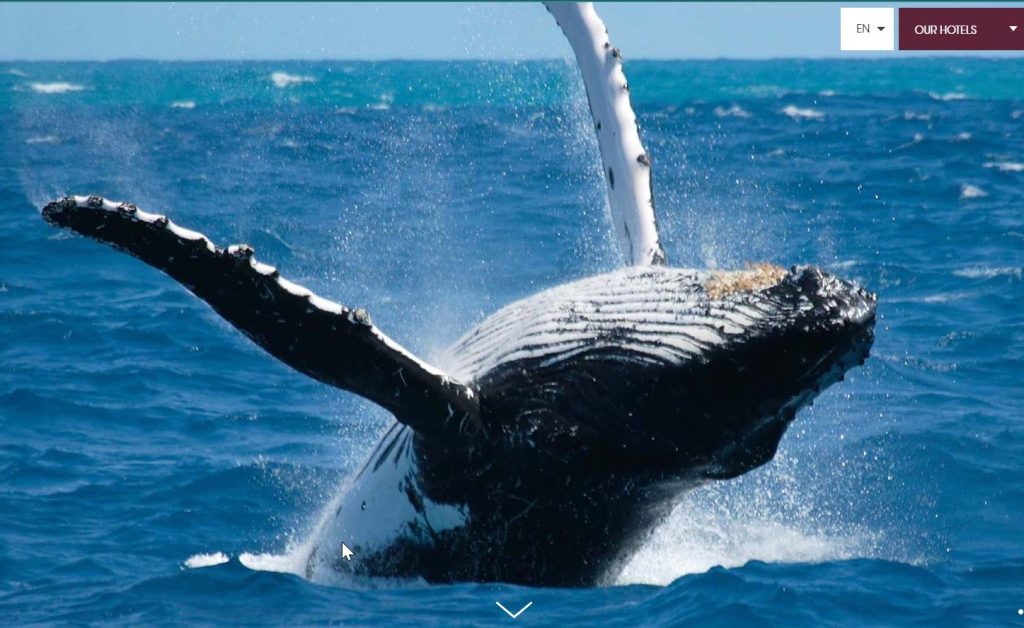

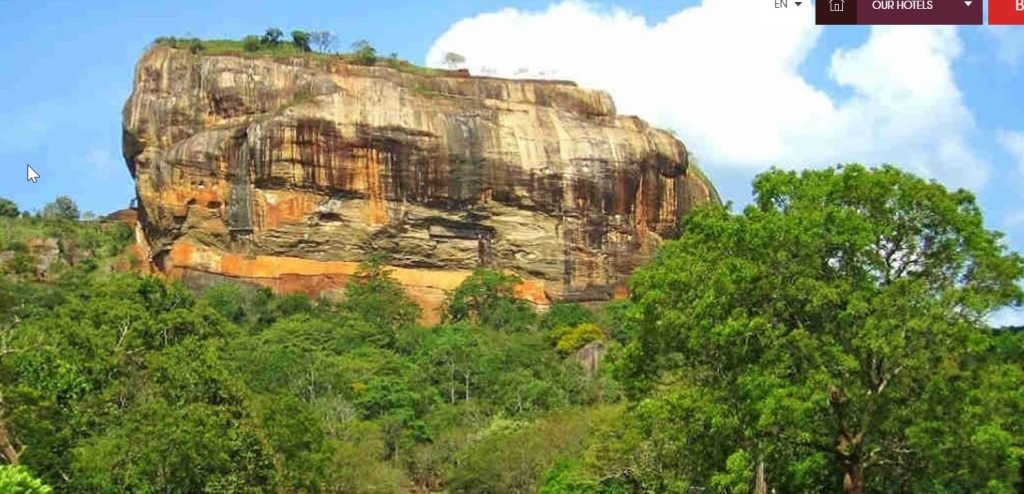


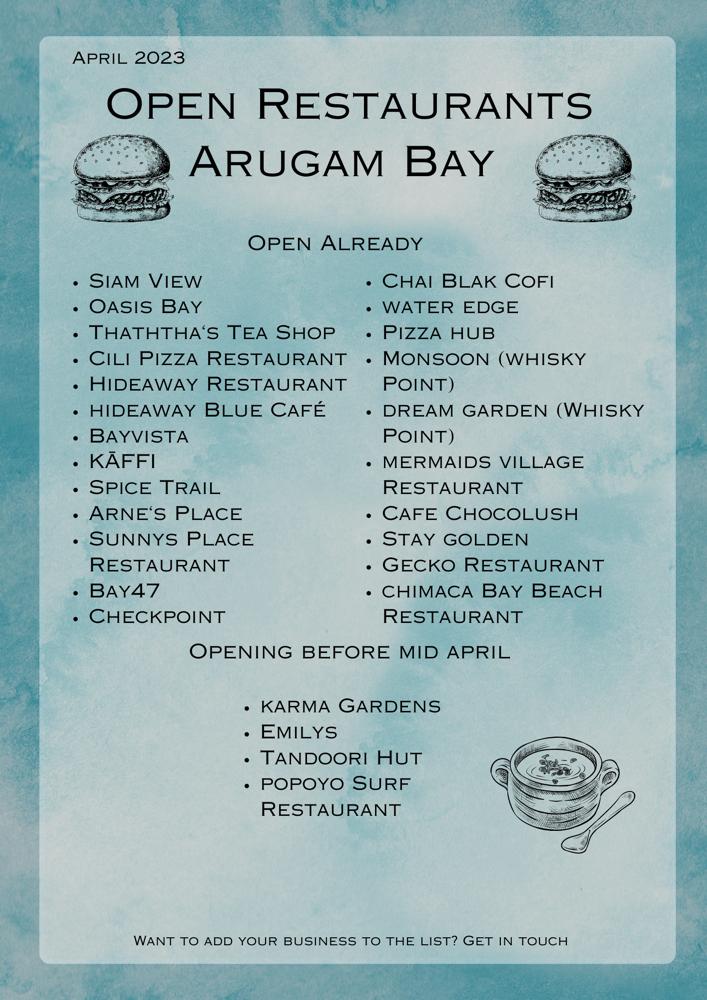

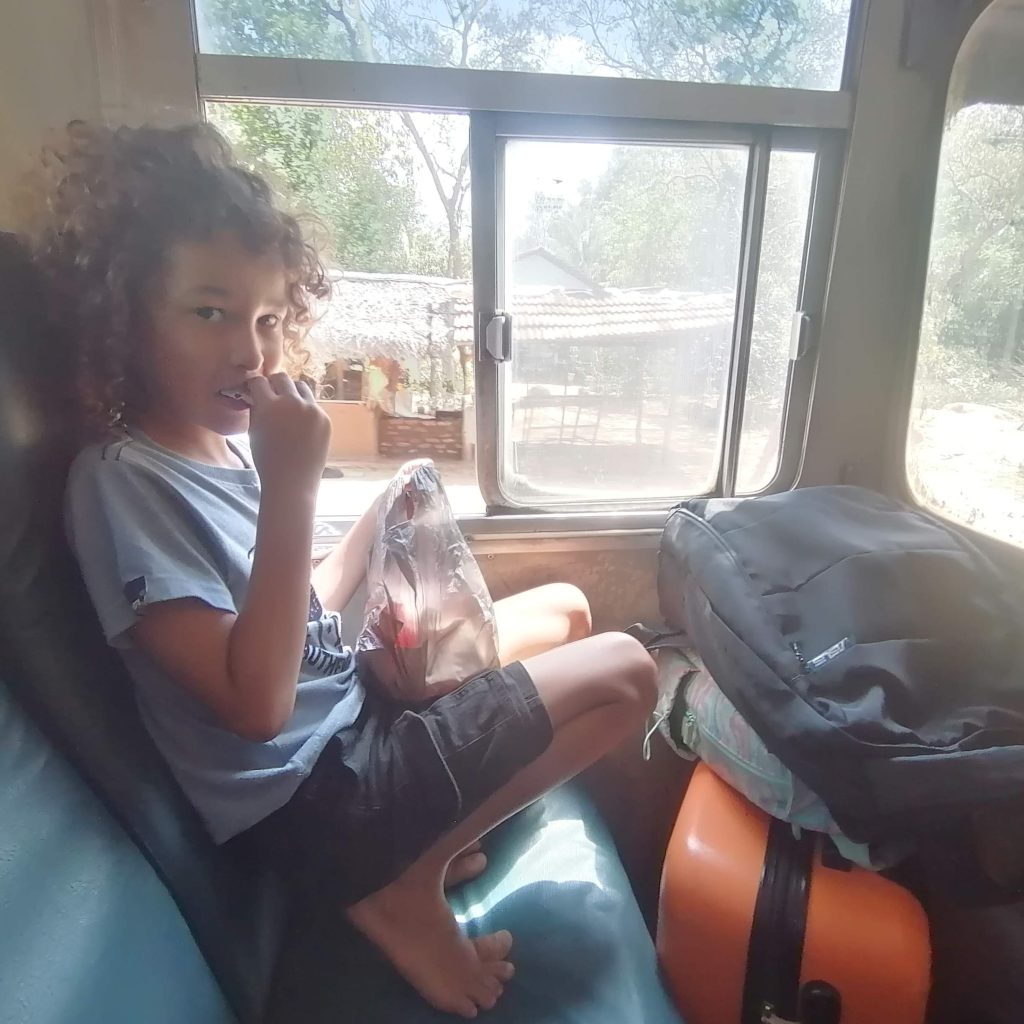
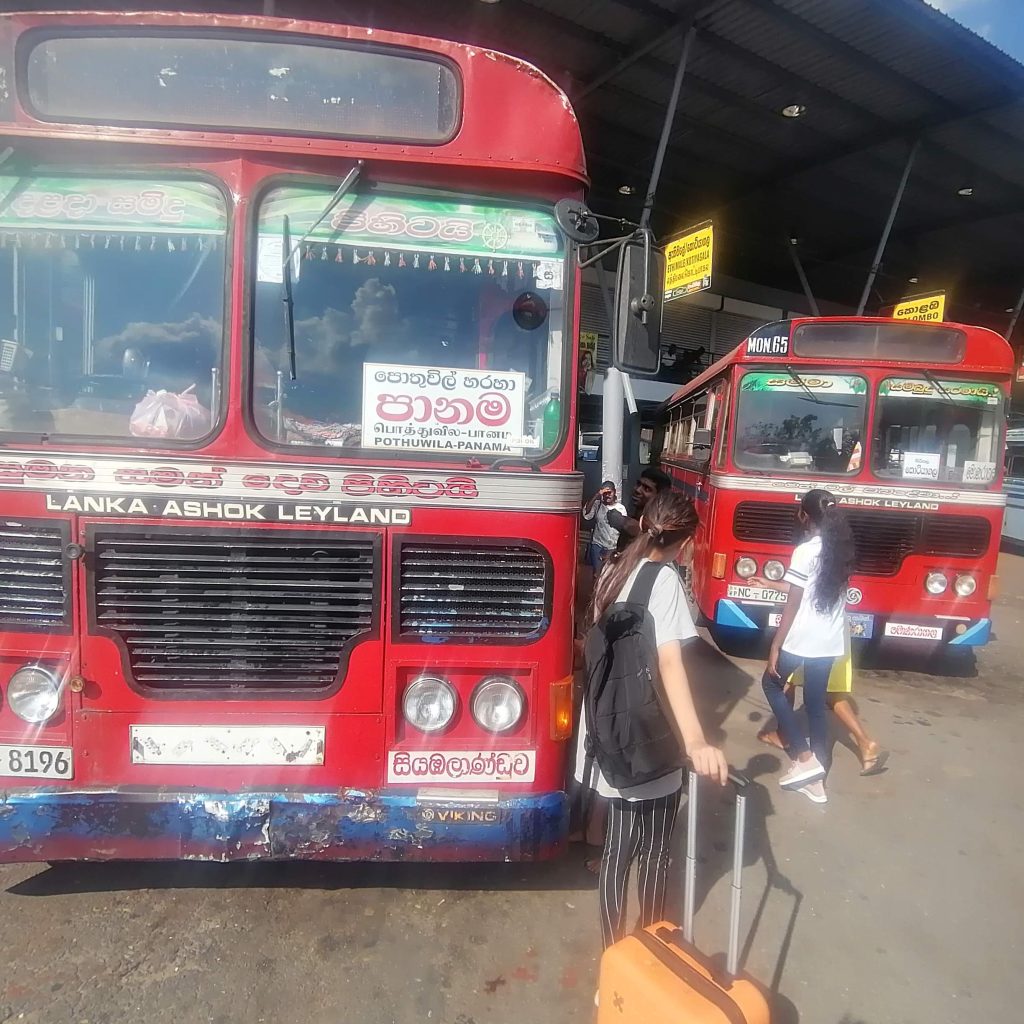
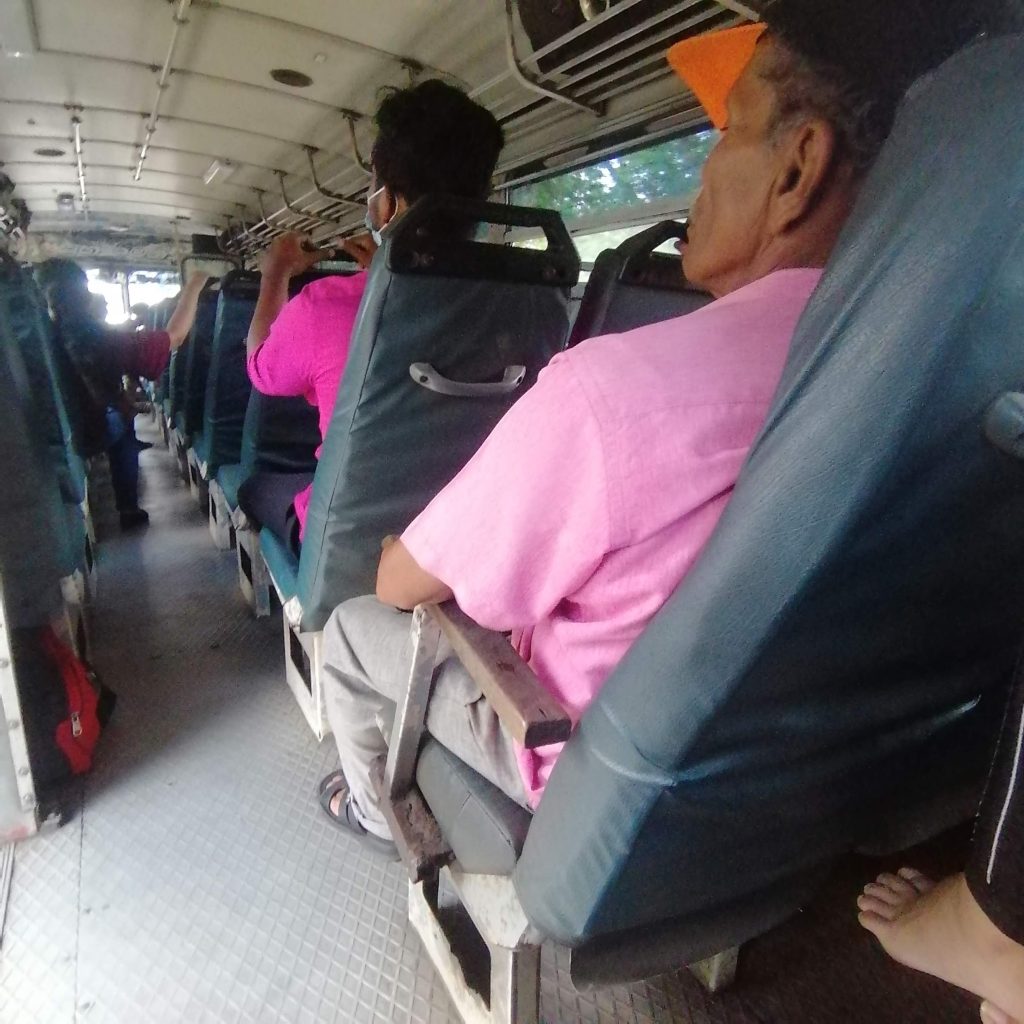
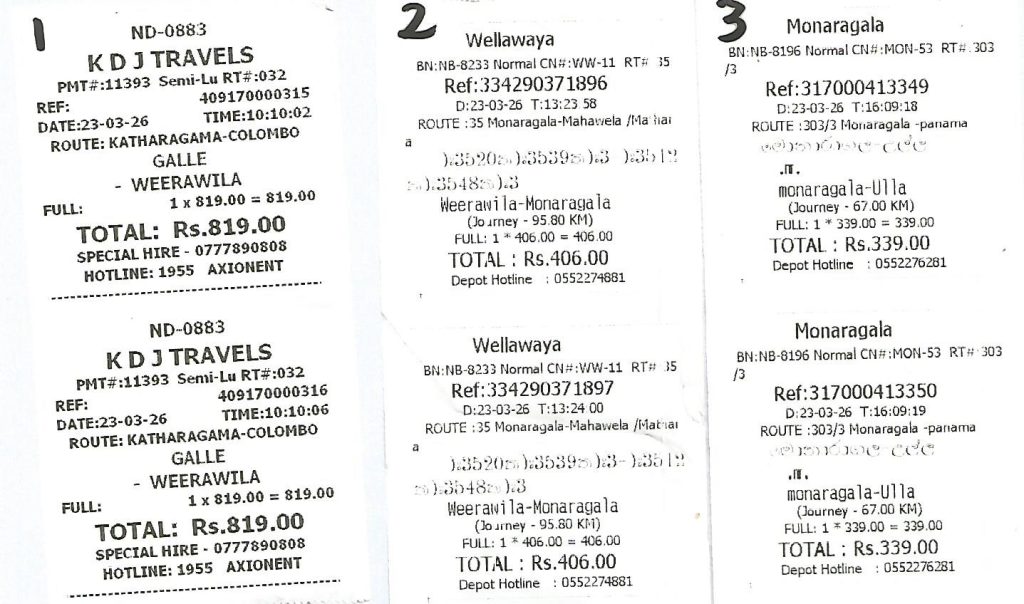
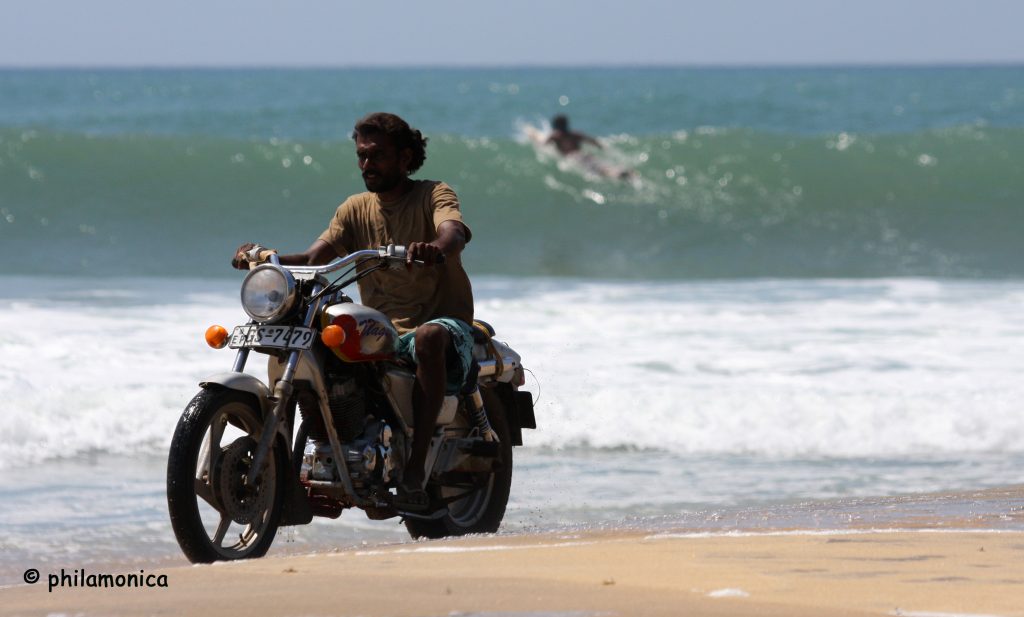
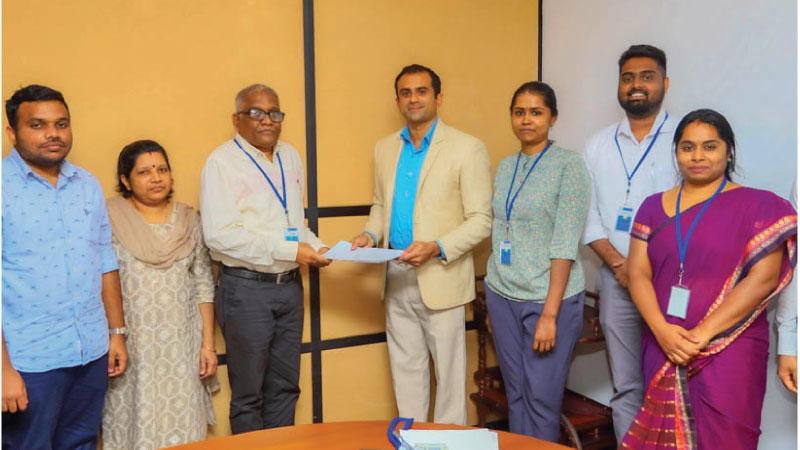
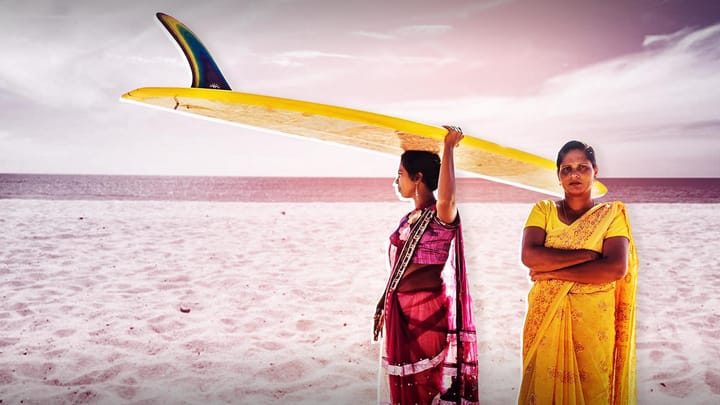



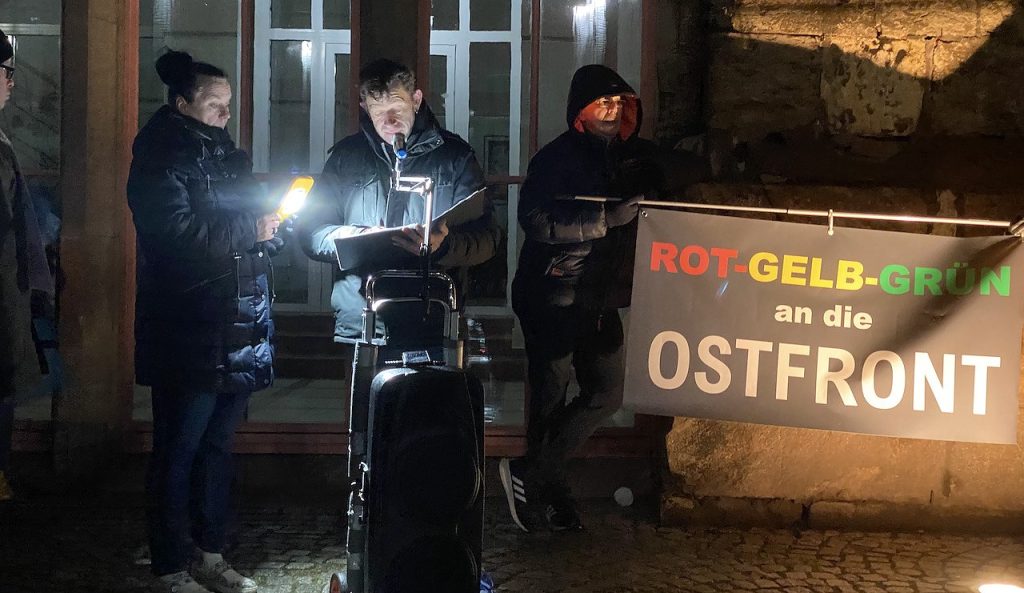
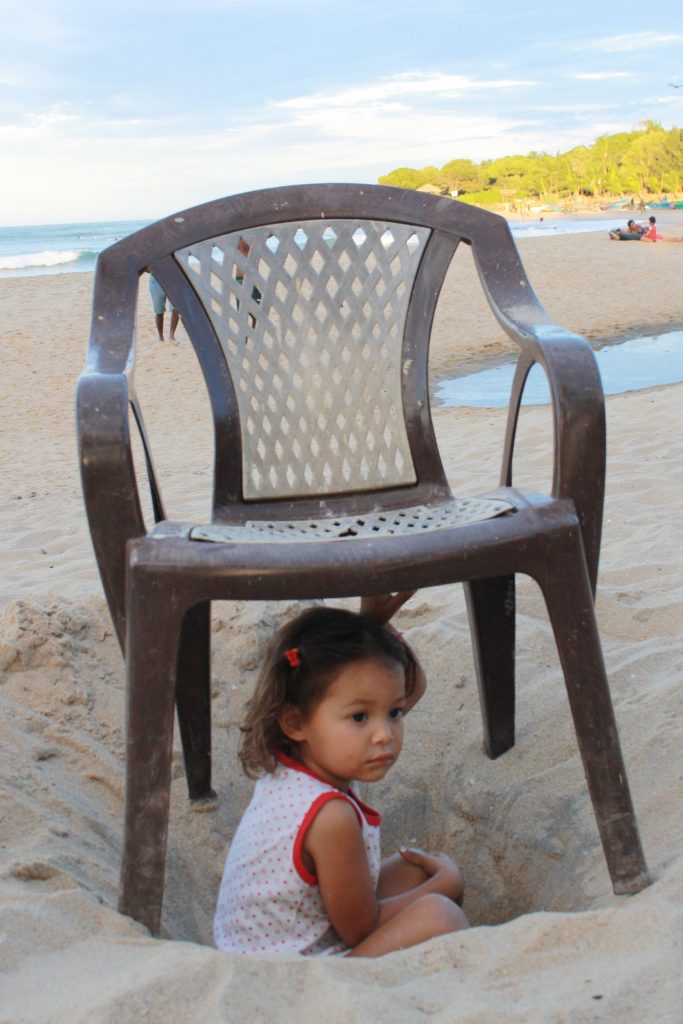
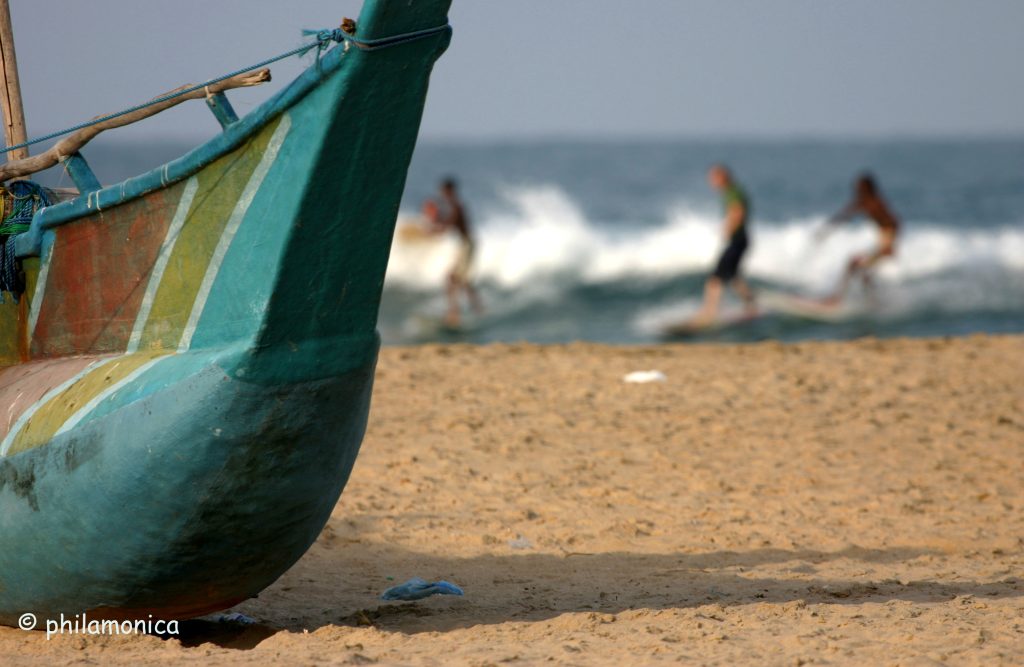
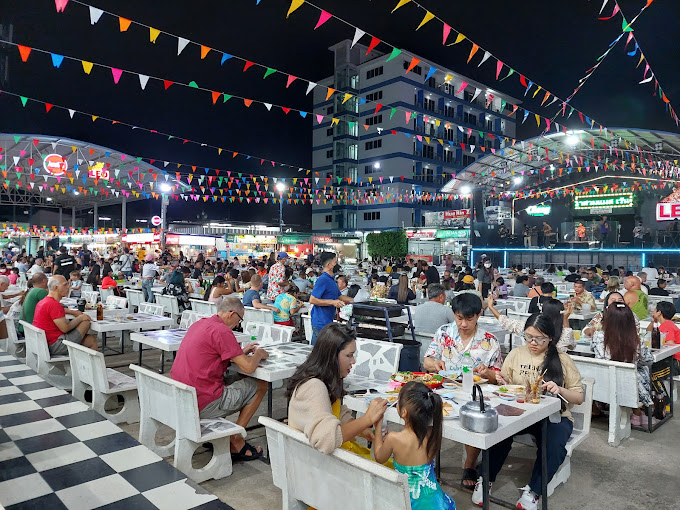
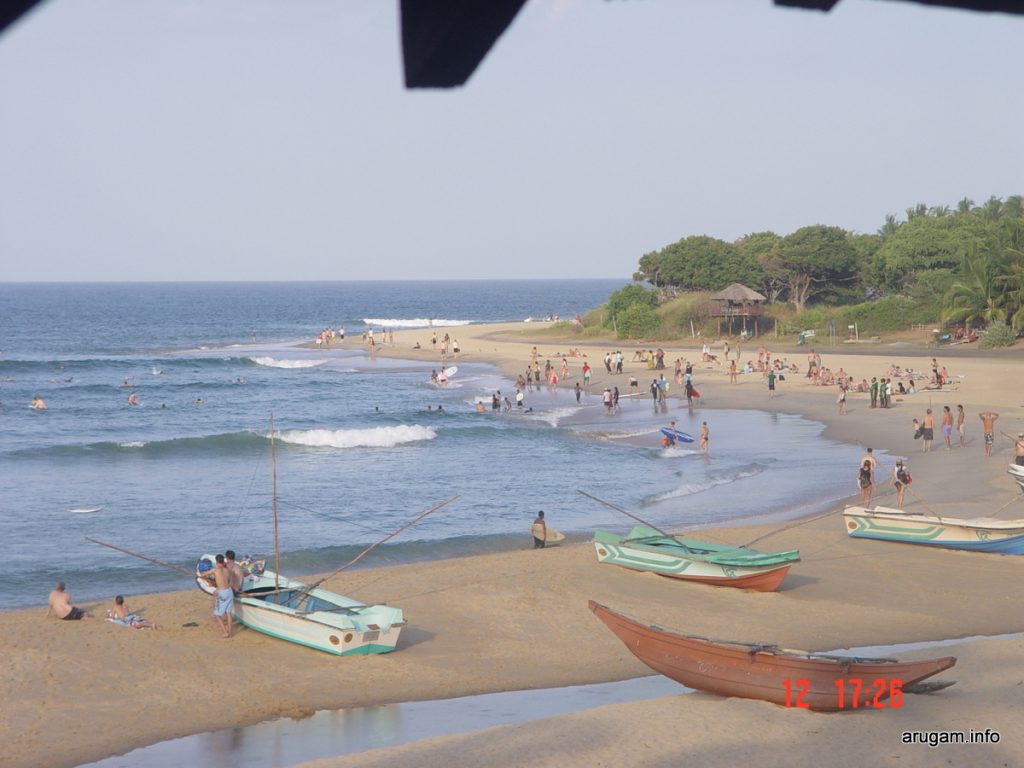
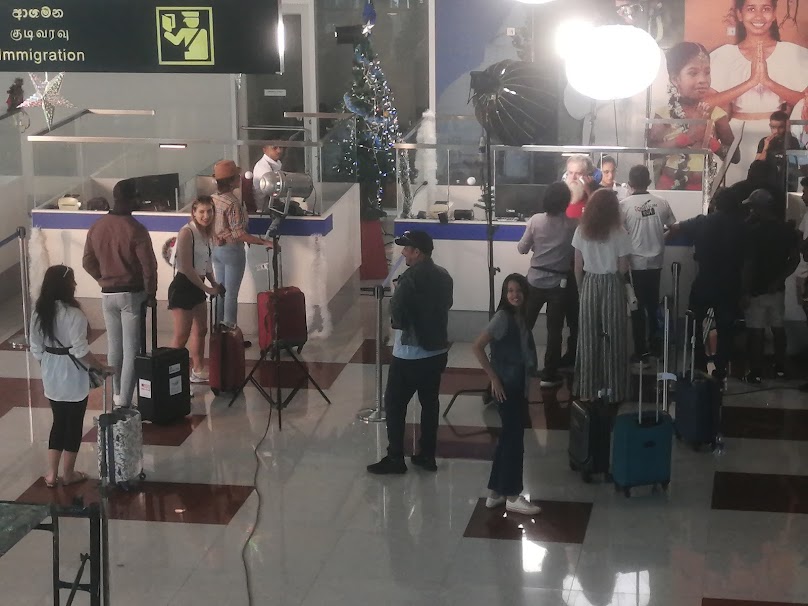
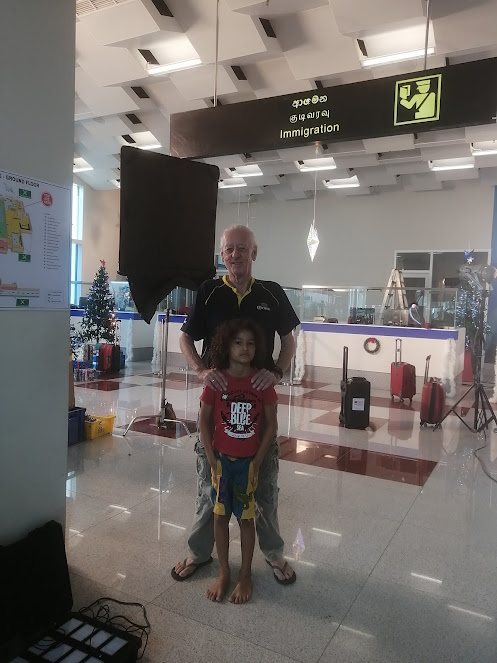
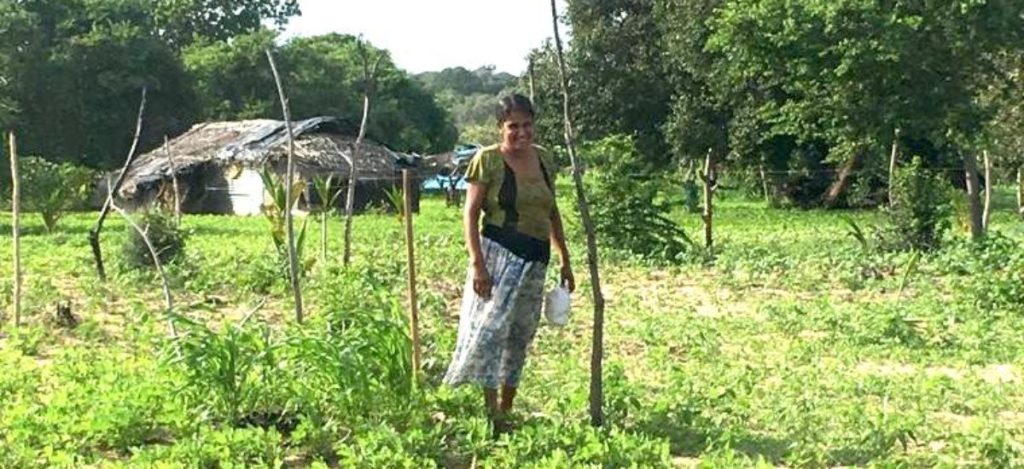

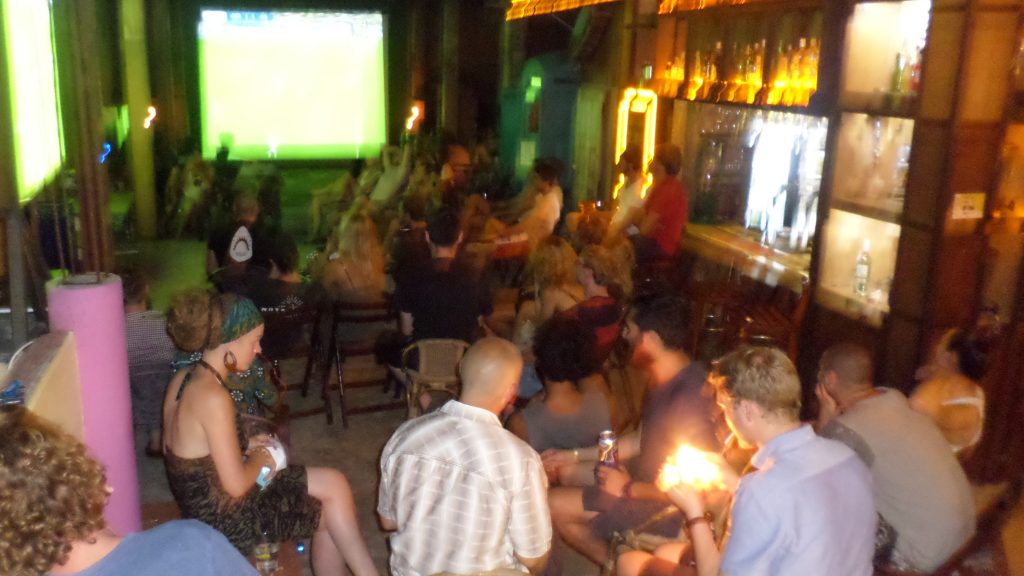
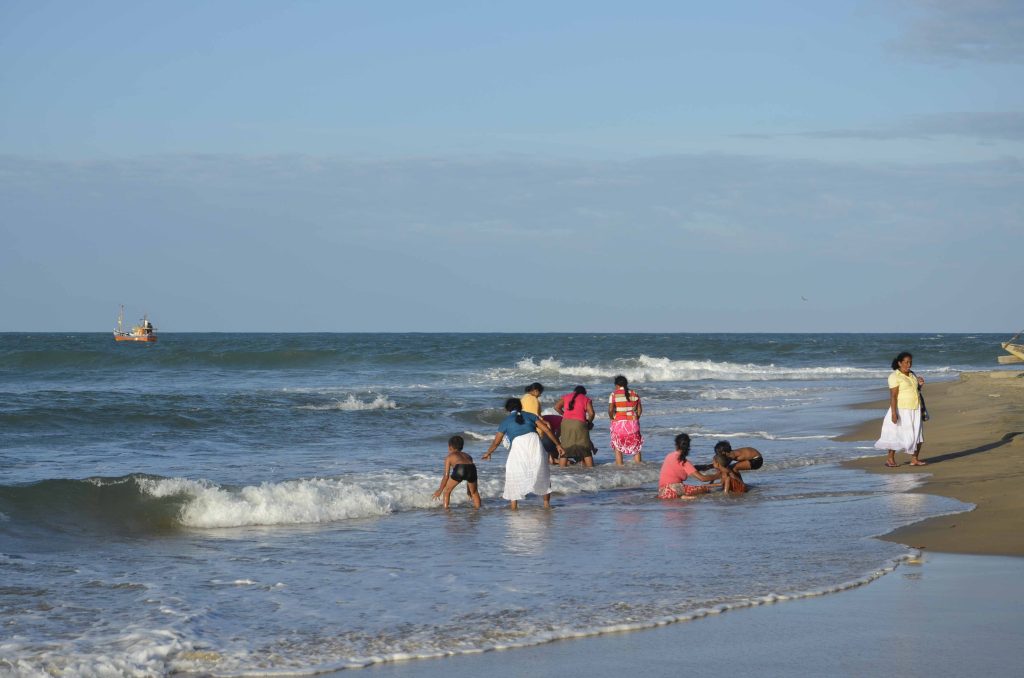
 Arugam Forum
Arugam Forum Arugam Photo Galleries on Picasa
Arugam Photo Galleries on Picasa Old Website
Old Website Press Coverage
Press Coverage Surf Forecast for Arugam Bay
Surf Forecast for Arugam Bay
TODAY’s Comments